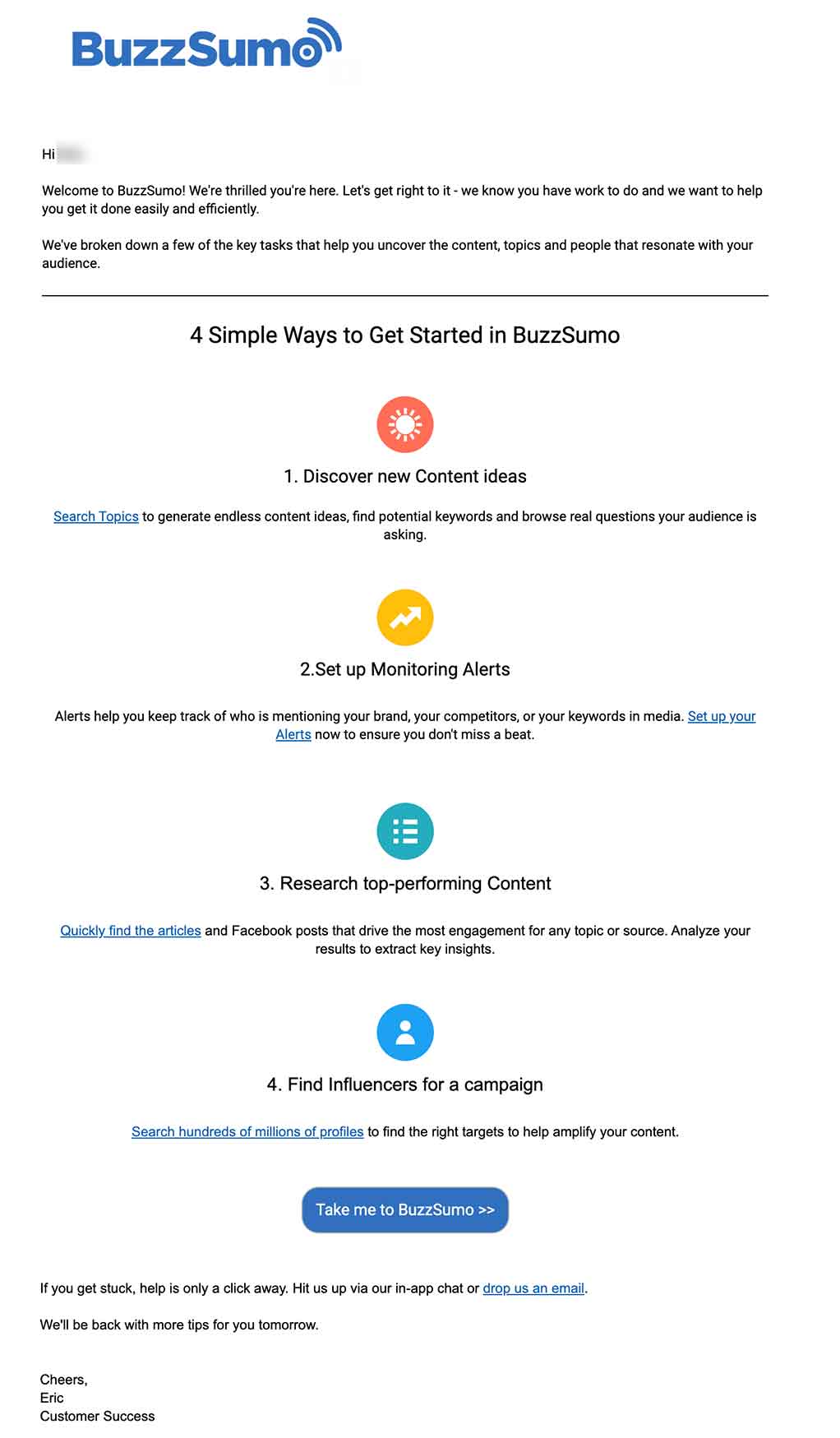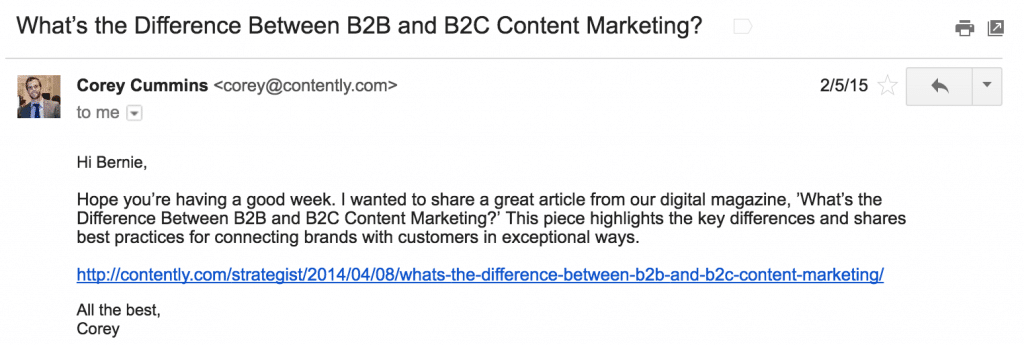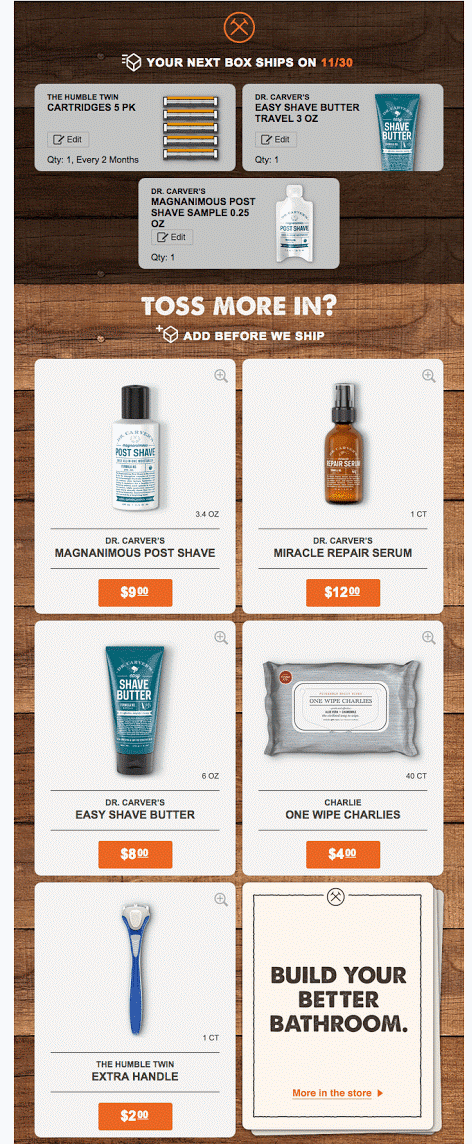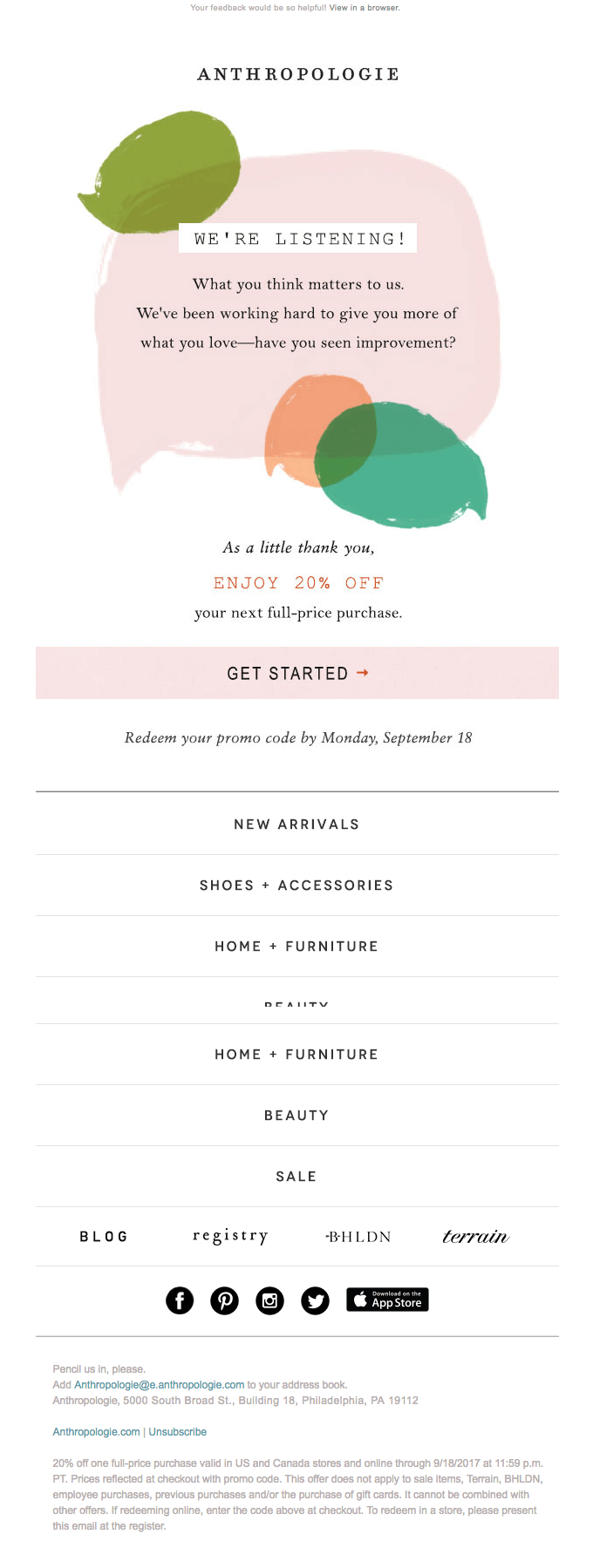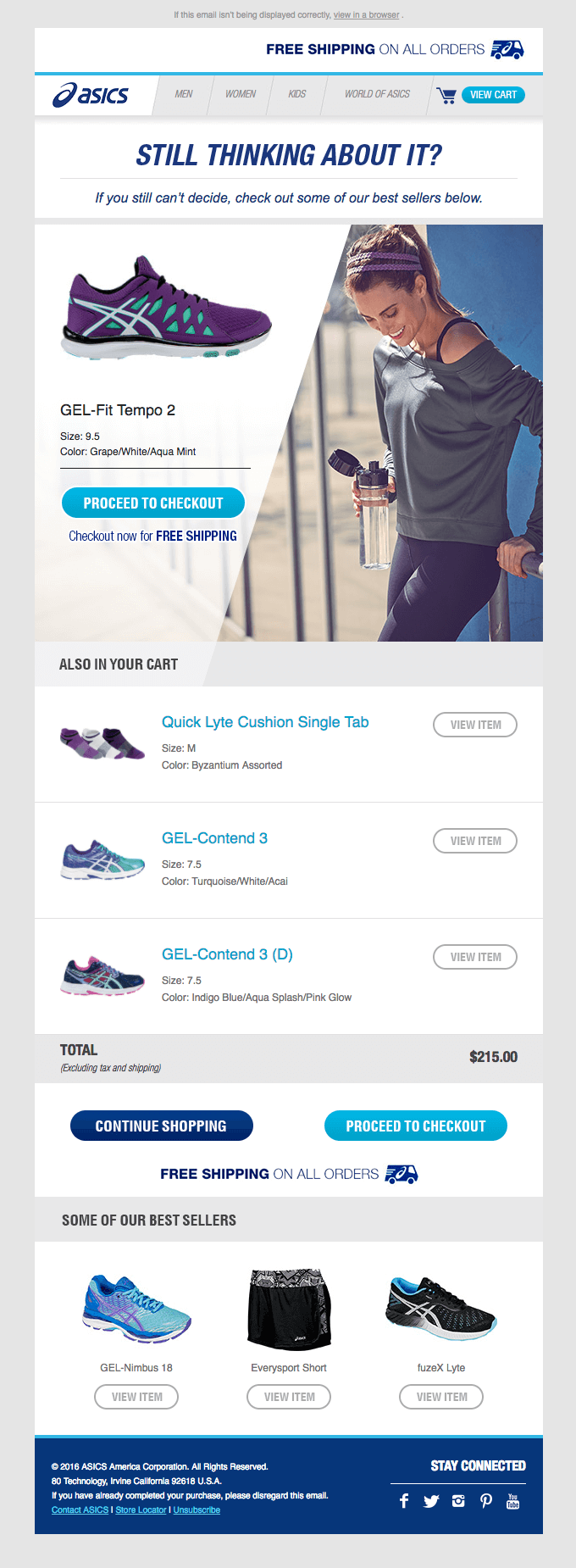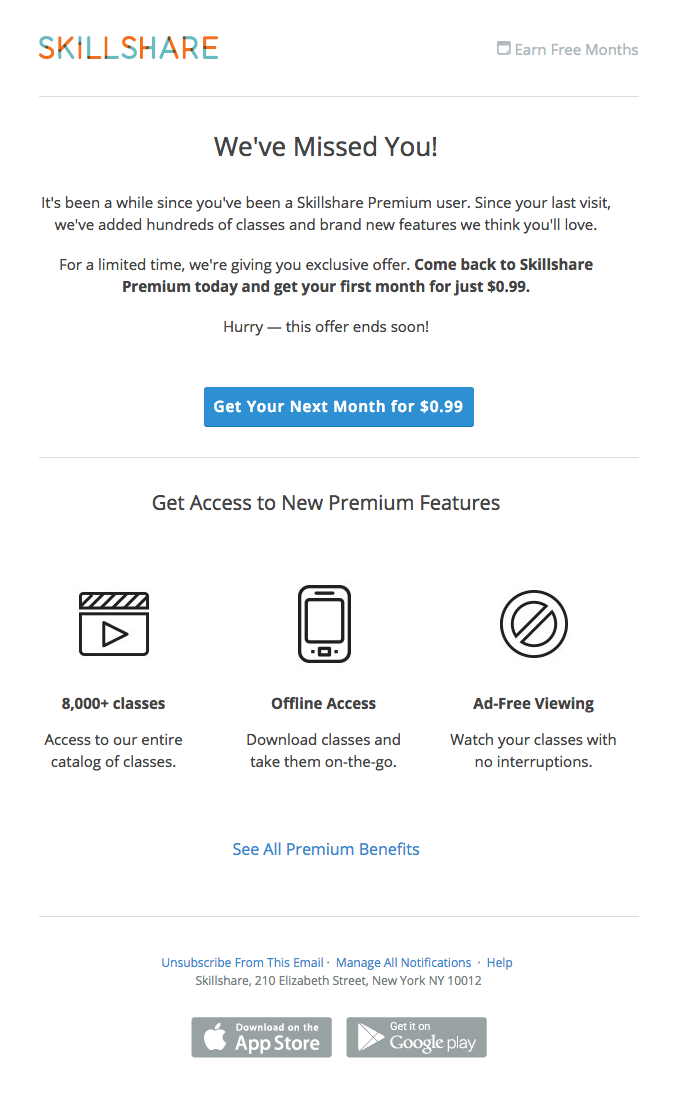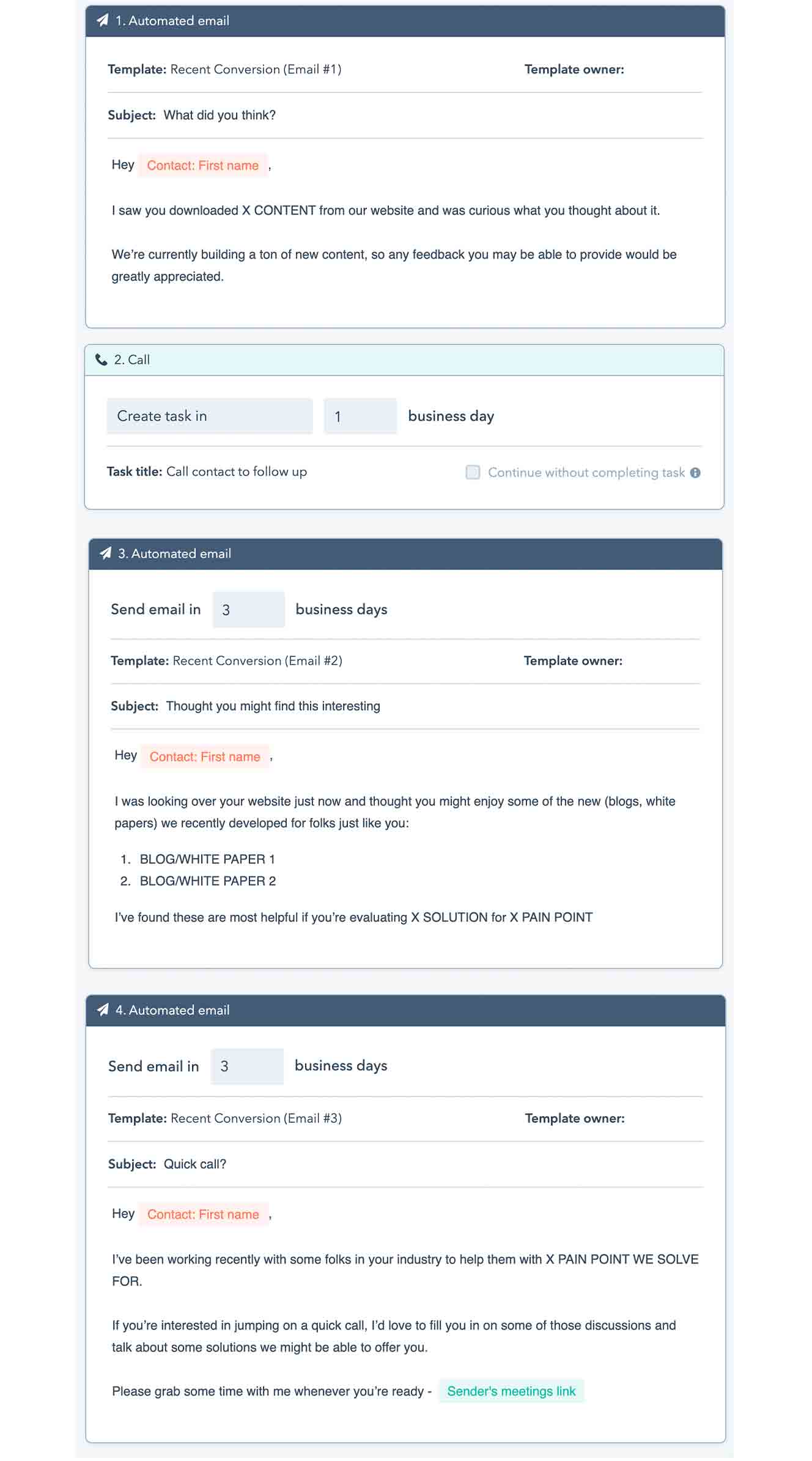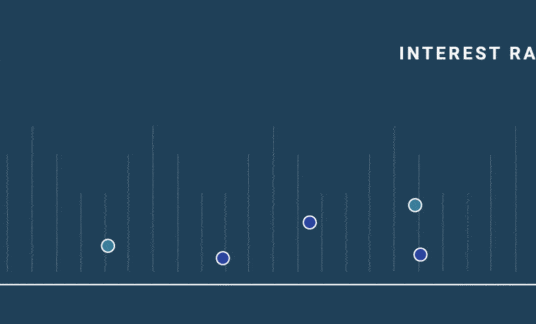Email marketing has evolved in the past few decades. With automation, marketers can create and send emails to mass audiences while maintaining the appearance of one-to-one communication.
Moreover, marketers can send multiple emails to a given audience over a set period. The tactic is known as drip email marketing and it allows you to keep your audiences engaged with your brand.
What Is an Email Drip Campaign?
An email drip campaign is a series of emails (typically anywhere from 3 to 5 or possibly more) created around a particular topic, theme or marketing initiative. These emails are automatically sent to a designated audience over a certain period.
You can set drip campaigns to be sent out in 1 of 2 ways:
Scheduled email drips are those sent out to an audience (or audience segment) all at once. For example, you might schedule a series of 3 emails to be sent to a specific segment at 8:00 a.m. on Monday, Wednesday and Friday, respectively.
Triggered drip campaigns, on the other hand, are those sent to individual audience members that take a specific action or engage with your company in a particular way. For example, when an individual subscribes to your mailing list, you’ll typically want to send that user a series of emails welcoming them to your brand’s experience.
We’ll get more into specific examples in a bit. For now, know that drip campaigns can be used in these key ways for a variety of purposes.
6 Steps to Take When Setting Up Your Drip Marketing Campaign
To begin, you’ll need some type of email marketing automation software to start your campaign. A few popular ones include Mailchimp, HubSpot, Active Campaign, GetResponse and Sendinblue. Once you’ve got your platform in place, follow these steps to set up your drip marketing emails.
1. Determine the End Goal
Before you start getting into the thick of it, start with the end in mind. What are you hoping to achieve with each drip marketing email campaign?
Do you want to __ ?
- Encourage repeat purchases
- Educate customers on a new product purchase
- Build referral business
- Get reviews
- Cross-sell or upsell
- Generate registrations for an event you’re hosting
Use SMART goals (those that are specific, measurable, actionable, relevant and time-bound).
2. Segment Contacts
Put your contacts into buckets so only certain contacts receive certain emails. It’s one way you can make sure that your email will reach someone who is receptive to the message you’re delivering.
You can segment contacts by:
- Demographics
- Stage of customer journey
- Location
- Website behavior
- Subscription
- Location
- Personal interests
- Email engagement
- Purchase history
Research has shown that segmented emails have higher open rates and click-through rates than non-segmented emails. These types of emails actually see 14.31% more open rates and 100.95% click-throughs, according to Mailchimp.
3. Set Up Triggers
As we mentioned before, you can set up your email campaign to start or stop based on certain actions a user takes.
Common triggers include:
- Account creation
- Newsletter sign-up
- Product purchase
- Webinar registration
- Subscription renewal
- Cart abandonment
- Email list unsubscribe
Once the email drip campaign begins, it will continue uninterrupted unless certain preset actions occur that halt continuation, such as a user replying to an email.
4. Spend a Moment on the Minutiae
Keep in mind that your email marketing platform may limit the number of emails you can send within one campaign, so be sure to look into that before getting started.
Once you decide on the number of emails you want to include in your drip marketing campaign, you’ll need to figure out delivery frequency. Also, make it easy for someone to connect, by including a reply-to email address (and make sure the reply-to address is one that’s frequently monitored).
5. Write Your Best Email Yet
Draw Them In With Your Subject Line
The subject line is the first thing someone sees when they’re scanning their inbox. A few words is all it takes for someone to decide whether they want to click or not. Use action words and phrasing that’ll pique interest. Also, keep your subject line brief.
Additionally, consider personalizing by using dynamic tags that auto-populate each recipient’s first name. Personalized subject lines account for 50% more open rates than those that aren’t personalized, according to Yes Lifecycle Marketing.
At the very least, stay below 60 characters. That said, around 45 is even better, since shorter is better for mobile device viewing. Think between 4 and 7 words.
Create an Irresistible Opener
They clicked through? Great. Now keep them there long enough to tell them why they need what you’re offering. The opener is the second-most important text element after the subject line. Will they think “boring” and quickly move on or “Hmm, what’s this all about?” Aim for the latter.
Avoid Easily Outdated Content
One of the benefits of drip marketing campaigns is that the emails are sent automatically. There’s no person behind the screen typing away messages one by one, hitting “send” each time.
Because of this, stick with content that’s virtually timeless. Avoid references to current events, specific years or time-based words, such as “this year” or “lately.”
Include Strategic Calls to Action
Make sure your text clearly indicates the next step readers should take. Position at least one call to action (CTA) at just the right place within your body, and make sure it matches the overall tone of your message.
For instance, you wouldn’t want one of the first emails in an educational drip campaign to include a CTA button with the text “Buy more of the products you love!” After all, at this point, your goal would be to educate customers about a recent purchase, not urge them to buy.
6. Test and Monitor
To make the most impact with your email drip campaign, test a couple of options with each email. See if one subject line has higher engagement than another or if one CTA has more click-through than another.
Most email automation platforms offer testing tools, such as A/B or split testing. Change one thing at a time so you can be clear as to what change is increasing the effectiveness of each message. Once you launch your campaign, monitor analytics from your email marketing platform to keep track of how your emails are performing.
5 Email Drip Campaign Examples to Add to Your Marketing Playbook
1. ‘Welcome Aboard’ Campaigns
The “welcome” email drip is a series of emails automatically sent to anyone who subscribes to your mailing list.
As the name suggests, the initial purpose of a welcome drip campaign is to introduce your brand and organization to new potential customers.
Throughout the campaign, you’ll ultimately want to:
- Thank the individual for subscribing to your list
- Set the stage as to what they should expect from your newsletter
- Gather extra information about their needs and goals for working with your brand
You might decide to include a discount or other first-time promotional offer in each of your welcome emails. Whether you include an incentive, you’ll want to add a CTA to ensure your new subscribers know what their next steps with your brand should be.
2. New Customer and Onboarding Campaigns
Once an individual has made a first purchase from your company or signed up for a free trial offer, you’ll want to send another welcome-type email series. In addition to offering a thank you, focus on providing resources the buyer can use to get added value.
If your products or services are complex, you’ll want to ensure your customers know how to use your offering to its highest capacity.
Or, you can use onboarding emails to ensure your new customers know what their purchase can do for them.
Use this post-purchase drip series to get your new customers even more acclimated with your products and your brand. The more value you give them, the more likely they are to stick around.
3. Informational Campaigns
Sometimes the best way to keep your audience engaged is to teach them something new (and do it free of charge).
Informational, content-focused drip campaigns are just the trick.
Say you’ve just created a series of blog posts or videos focused on a central topic, and you’re looking to promote it to your audience via email. Instead of shooting a single email to your audience announcing the new series, set up a sequence of emails sent over a week — with each email focusing on a single piece of content.
Informational drip campaigns can be sent to entire audience segments or to individuals who opt-in some other way (such as completing a landing page sign-up to receive additional content).
It also is worth mentioning that, as with any email marketing initiative, you ultimately want to use informational drip campaigns to nurture your recipients toward a further conversion.
You might use a subtle approach, such as by simply presenting the valuable content and building trust among your recipients. Or you can be a bit more direct by including CTAs within each email.
In either case, the goal of an informational drip marketing campaign is to get your customers to see the value you bring to their lives.
4. Retention Campaigns
Email drip campaigns focused on retaining customers and spurring future purchases can take many forms.
Perhaps the most commonly used type of retention email is the upsell or cross-sell campaign. Typically, these are sent to customers who have purchased specific products from your company.
The goal of such emails is to promote other items that could enhance the customer’s experience with the product they initially purchased.
If you sell consumable products, subscription services or any other product or service that requires repeat purchases, you’ll want to create engagement drip campaigns reminding your customers to take action. You can also improve retention via drip campaigns by soliciting feedback from customers after a recent purchase or experience.
Whether providing additional value to your recipient’s experience or showcasing just how much you value their business in the first place, such emails are bound to keep your customers engaged with your brand.
5. Re-Engagement Campaigns
Of course, not all of your customers will remain as active as you may have hoped.
A well-planned drip campaign, then, can often be the difference between keeping at-risk customers on board and seeing them defect from your brand for good.
In some cases, it’s more about simply getting a customer back on track toward conversion.
For example, send browse and cart abandonment email drips to individuals who visit your site and add items to their cart but don’t end up going through with their purchase.
For more dire situations (such as when a customer remains incommunicado for an extended period), you’ll want to put one last solid effort into keeping them around.
For these win-back drip campaigns, you might provide customers with an offer they can’t refuse, or you might choose to remind them of the value you bring to the table.
While you still might lose some of these customers, try at least one last time to get them back up and running — and provide value to your company in the process.
Drip Campaign Templates
While the email marketing platform you’re using likely offers email and drip campaign templates. Here are a few examples of ones offered by HubSpot.
After Speaking With a Prospect
Are you looking to follow-up with a prospect you interacted with? If so, consider this HubSpot template, scheduled to be completed over the course of 11 days. The highlighted sections of text are dynamic tags that automatically populate with information specific to the sender or recipient.
Content Downloaded
This 3-email series template from HubSpot is geared toward users who’ve downloaded content from your website. Emails in this lead nurturing drip are scheduled to be sent to recipients automatically over the course of a week, with follow-up calls scheduled as tasks to be completed in between emails.
Re-Engagement
Here’s another 3-email sequence template from HubSpot designed to re-engage prospects. The sequence is set up to include automated emails and follow-up calls to be completed over 6 days.
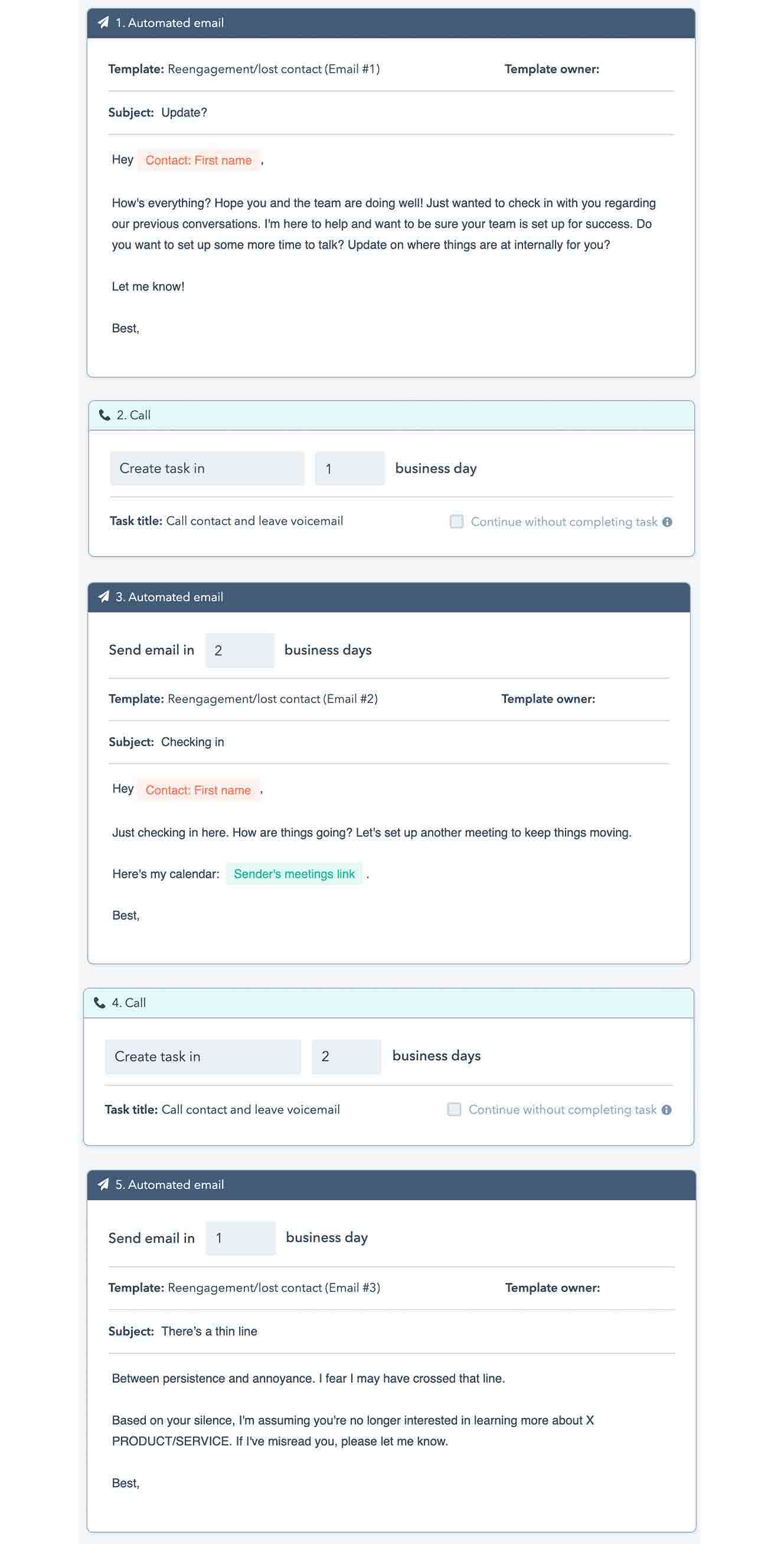
How Effective Are Email Drip Campaigns?
As for the effectiveness of drip campaigns, the proof is in the numbers:
- Email marketing has a return on investment of roughly $55 to $1, according to 2019 statistics from the Data & Marketing Association (U.K.)
- 81% of small to midsize businesses rely on email for acquiring customers, according to a survey by customer engagement platform Emarsys
- 80% of small to midsize businesses use email for retaining existing customers
Simply put, if you aren’t using drip campaigns to engage with your audience, you’re almost definitely missing out on major opportunities.





